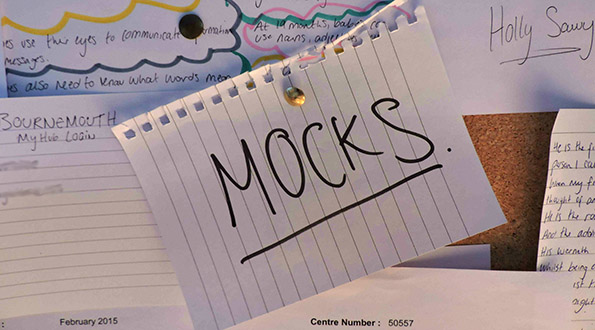Can MOOCS Support Teachers in Offering a Flexible Curriculum?
The New York Times named 2012 ‘The Year of the MOOC’ or Massive Open Online Course. MOOCs moved online learning right away from the hour-long videos of classes uploaded to secure web spaces so students who missed the lesson could catch up. Eight years on and MOOCs continue to go from strength to strength with arguably the most successful being FutureLearn, backed by longstanding experts in online learning, the Open University.
Educational technology, or EdTech, has been through a variety of stages in schools. In the 1990s and early 2000s we were teaching students how to use software in the world of work. The last decade has mostly been about the tech itself. Do we want iPads, Chromebooks, Microsoft? Do we want Bring Your Own Devices (BYOD) or class-sets? Should we have smartboards or not? These questions have dominated many school discussions. I am pleased to be part of the GDST community where innovation is valued and shaping EdTech pedagogy is high on the agenda. I believe it doesn’t matter what the platform or software; the main thing is that EdTech should bring the teaching and learning to life, offer choices and give flexibility in the curriculum.
As Dr Eileen Kennedy, Senior Research Associate at UCL, writes that one of the benefits of EdTech is the greater engagement achieved for school pupils though the interaction and collaboration it affords. EdTech, and specifically, MOOCs can also be hugely advantageous due to their inherent asynchronicity. It was this feature of learning anytime, anywhere, at your own pace, that led my venture into designing a FutureLearn course. The driver for this project was the need for flexibility in our curriculum. In fact it was the very flexibility of our Sixth Form curriculum that created a problem requiring a flexible solution! Northampton High School enables Sixth Form students to create a bespoke programme of study; a pick-and-mix of 3 A Levels and a range of elective courses. The Extended Project Qualification elective, for which I am responsible, is highly valued at our school as it gives students an opportunity to study independently and in-depth a topic of personal interest. It also requires a range of skills to be taught in order that students understand how to create an academic piece of work and reflect on the journey they take through the creation of the project. With such a flexible timetable and only two staff delivering the skills, we had been struggling to enable the students to attend the skills sessions needed. So a plan took shape to devise a MOOC (or in this case a SPOC – Small Personal Online Course – as it was initially only accessible to the students at Northampton High School). Video content, suitable tasks, articles and reading materials all needed to be sourced, created or adapted to fit the online learning mode of study. I decided, for example, to use first hand materials from previous EPQ students in my video content, to hopefully bring the program to life for students.
In terms of pedagogical process, designing the course was very similar to planning a traditional scheme of work. Only this time we had a range of online tools such as YouTube clips, in-house videos, self-marking quizzes and randomised peer-marked tasks to add into our resources armoury. The other notable change in terms of setting tasks was the built in discussion tools offered by FutureLearn. Collaboration and connection are vital features in successful online courses. Learning how to help students engage in meaningful discussions was probably the aspect of course design that exercised me most.
And so far, so good. Numbers of students engaging in the EPQ at Northampton High are up this year and their discussion about topic choices appear to have been aided by the online discussions. I am certain that teachers have nothing to fear from online courses; they will not make our roles redundant but are more likely enhance engagement with our subject and give more depth to discussion and collaboration when we are face to face in the classroom.
References:
https://edtechnology.co.uk/Article/what-impact-is-edtech-having-on-pedagogy/









